Understanding length and breadth is fundamental for children as they navigate the world around them. From measuring the length of a toy to understanding the dimensions of a room, these concepts are essential for various everyday tasks. Teaching length and breadth to kids can be an interactive and enjoyable experience, helping them grasp these concepts with ease.
Importance of Teaching Length and Breadth:
Before delving into teaching methods, it’s important to understand why length and breadth are crucial concepts for children to learn:
Practical Applications: Length and breadth are used in numerous real-life scenarios, such as measuring the dimensions of objects, comparing sizes, and understanding spatial relationships.
Mathematical Foundation: Learning about length and breadth lays the groundwork for more advanced mathematical concepts, including perimeter, area, and volume, which children will encounter in later grades.
Problem-Solving Skills: Understanding length and breadth encourages critical thinking and problem-solving skills as children learn to apply measurement concepts to solve everyday problems.
Building Spatial Awareness: Exploring length and breadth helps children develop spatial awareness, enabling them to visualize and manipulate objects in their environment accurately.
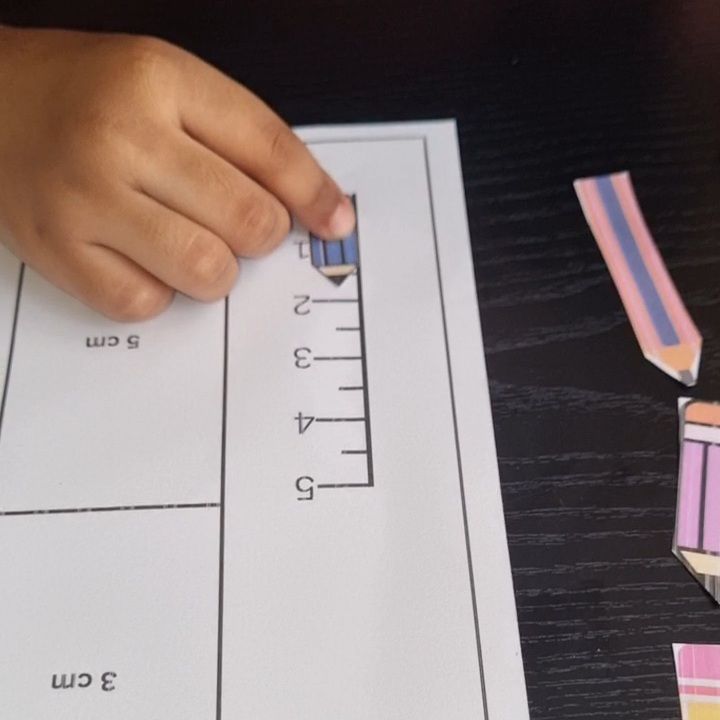
Teaching Length and Breadth to Kids:
Now, let’s explore some engaging ways to teach length and breadth to kids:
Hands-On Measurement Activities: Provide children with various objects of different lengths and breadths, such as blocks, toys, and classroom supplies. Encourage them to compare and measure the length and breadth of these objects using rulers or measuring tapes.
Outdoor Exploration: Take children outside to explore their surroundings and discover objects of different sizes and shapes. Encourage them to measure the length and breadth of natural objects like leaves, sticks, and rocks using non-standard units like their feet or hands.
Visual Aids and Manipulatives: Utilize visual aids and manipulatives, such as charts, diagrams, and geometric shapes, to illustrate the concepts of length and breadth. Interactive tools like interactive whiteboards or educational apps can also enhance understanding through visual representation.
Incorporate Everyday Activities: Integrate length and breadth into everyday activities, such as cooking, building with blocks, or arranging furniture. For example, ask children to measure the length and breadth of ingredients while baking or to build structures with specific dimensions using blocks.
Games and Challenges: Make learning fun by incorporating games and challenges that involve measuring length and breadth. For instance, organize a scavenger hunt where children have to find objects of specific lengths or widths, or play a “guess the length” game where they estimate the length of objects before measuring.
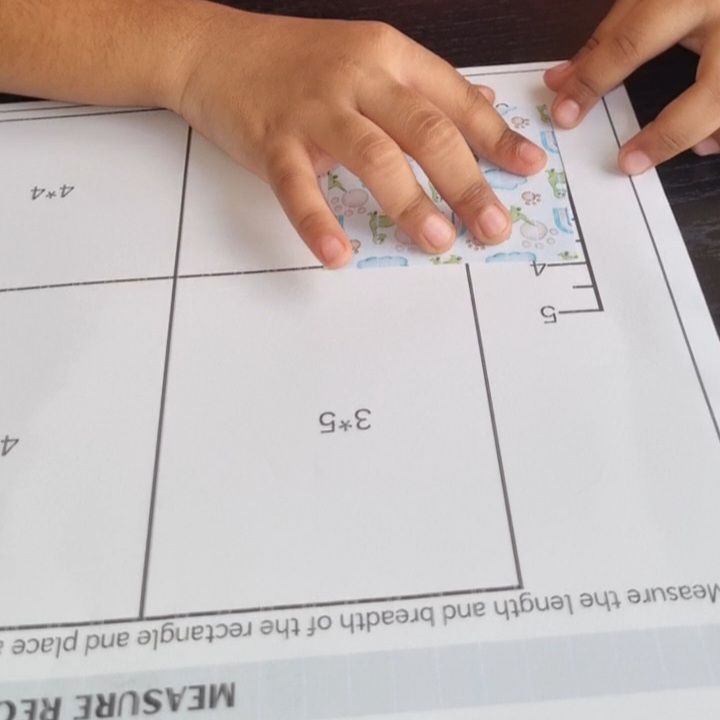
Things Required for worksheet:
- Printout of the worksheet
- Glue stick
- Scissors
How to use worksheet
- Take a printout of the template.
- There are 2 activity sheets one with only length i.e. pencil one and another is length and breadth activity i.e. block one.
- Start with the length activity sheet, cut the pencils and give it to the kid and let them measure with the scale given on the sheet.
- Paste the pencil in the correct place.
- Once kid understands the concept of length you can introduce the second dimension breadth.
- Cut the rectangle and measure its length and breadth and paste in the respective place.
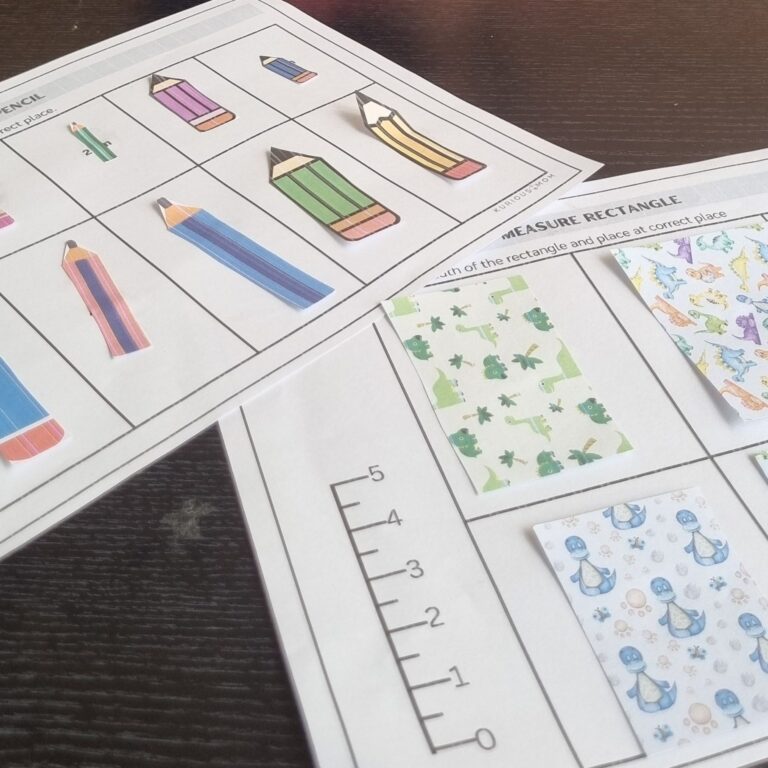
Skills Learned
- Cognitive Skill
- Logical thinking
- Measuring things
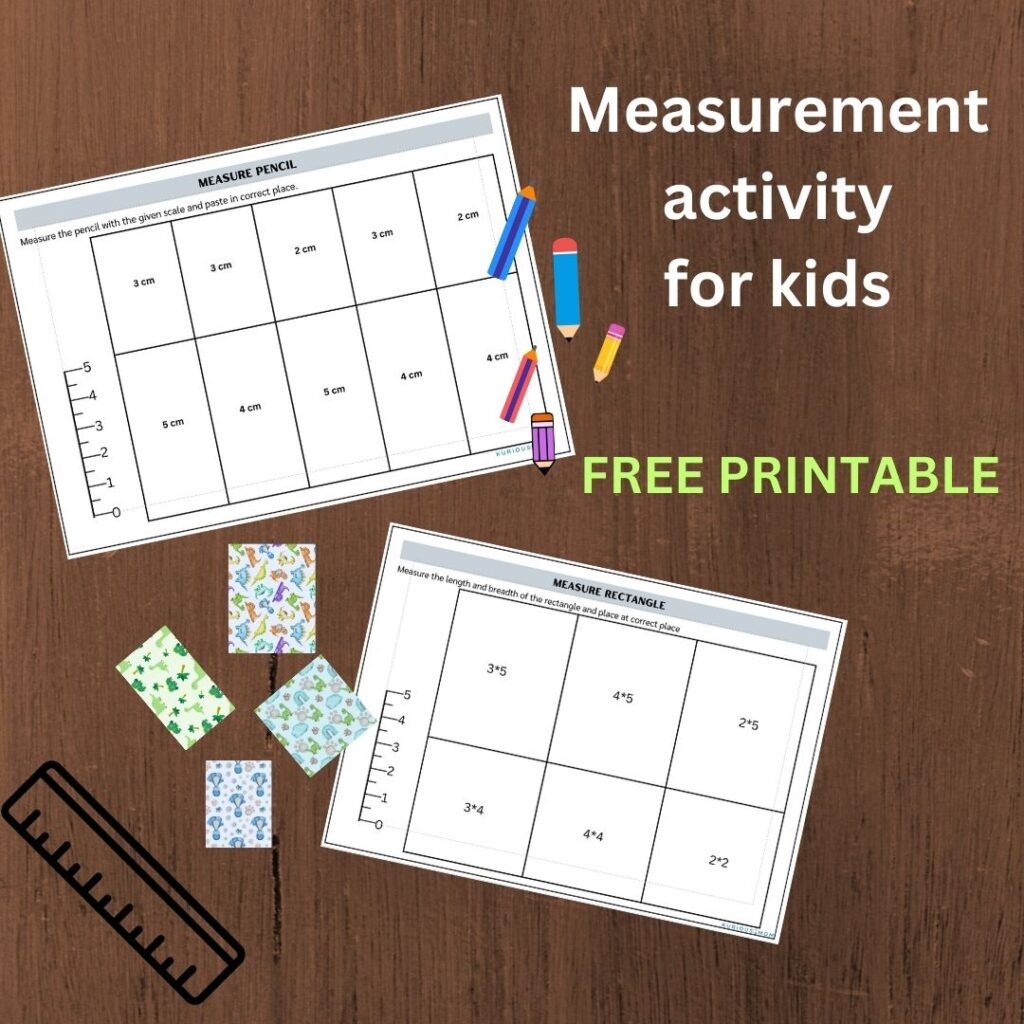
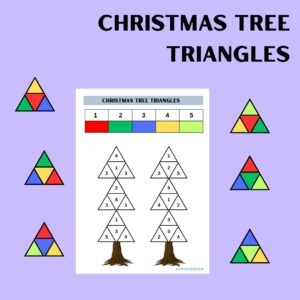




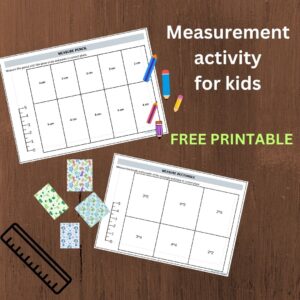
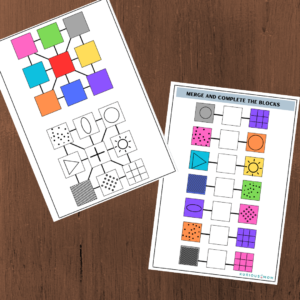
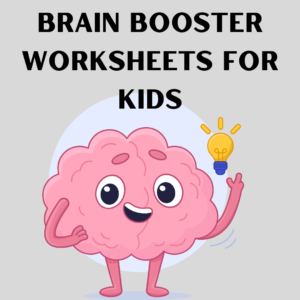
My child loved this activity and wanted to do it again and again.
wow so happy to hear this